Drive DeVilbiss sidhil Innov8 User manual
Other Drive DeVilbiss Medical Equipment manuals
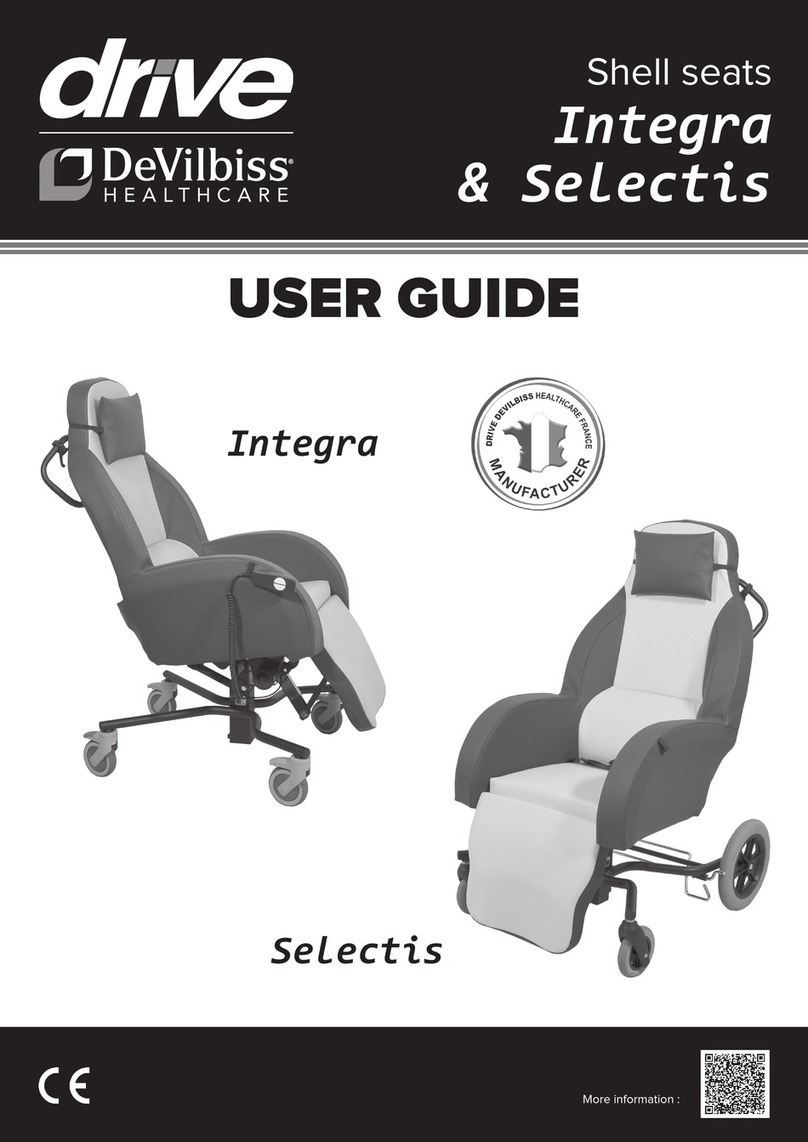
Drive DeVilbiss
Drive DeVilbiss Selectis User manual

Drive DeVilbiss
Drive DeVilbiss Med Aire FlexWave User manual
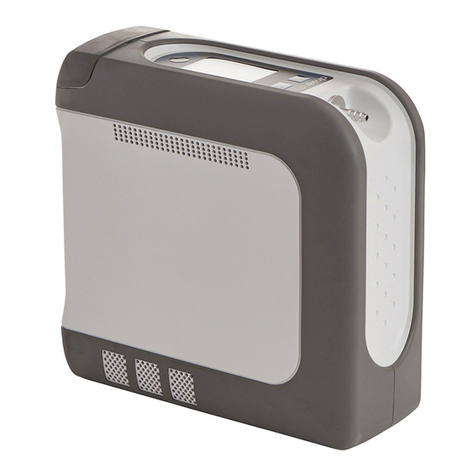
Drive DeVilbiss
Drive DeVilbiss iGo 2 User manual
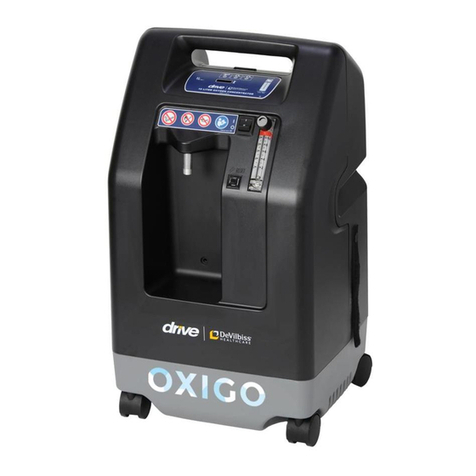
Drive DeVilbiss
Drive DeVilbiss 1025 Series Manual
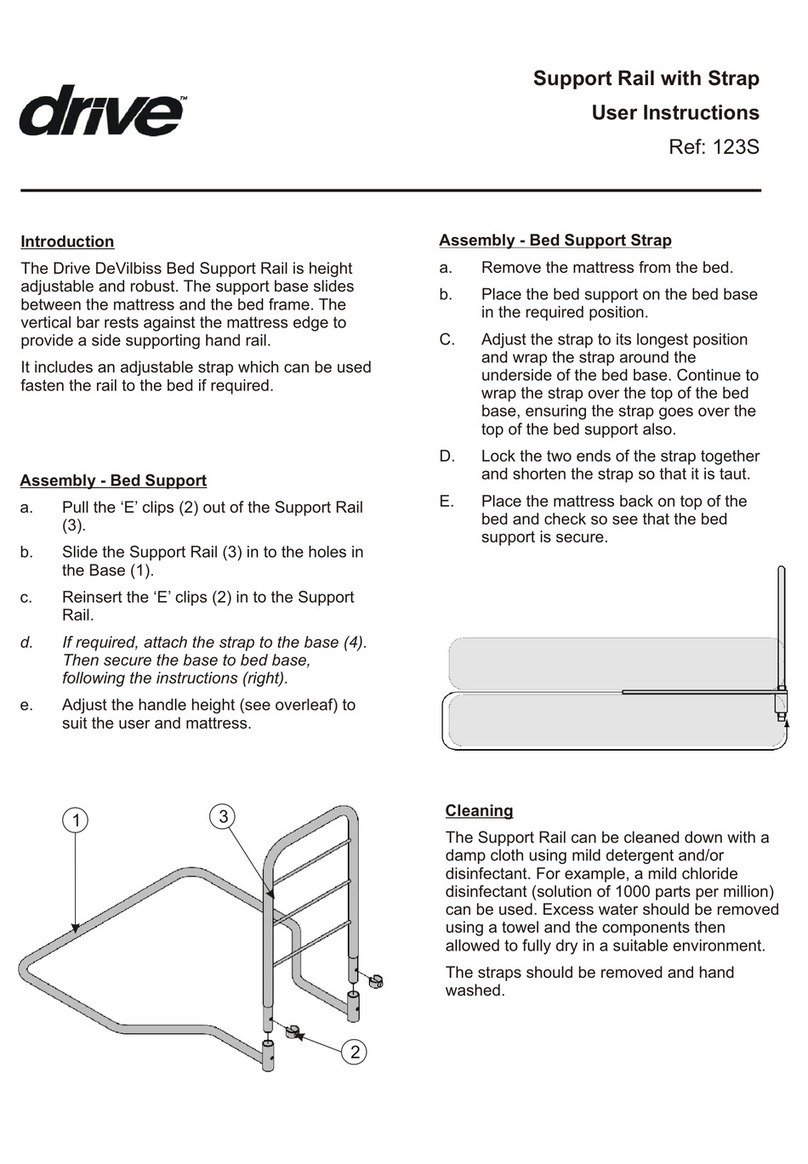
Drive DeVilbiss
Drive DeVilbiss 123S User manual

Drive DeVilbiss
Drive DeVilbiss Casalift 18001 User manual
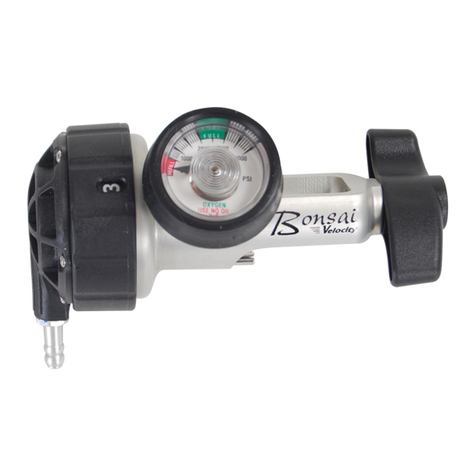
Drive DeVilbiss
Drive DeVilbiss BONSAI VELOCITY User manual

Drive DeVilbiss
Drive DeVilbiss HbO-3000 User manual
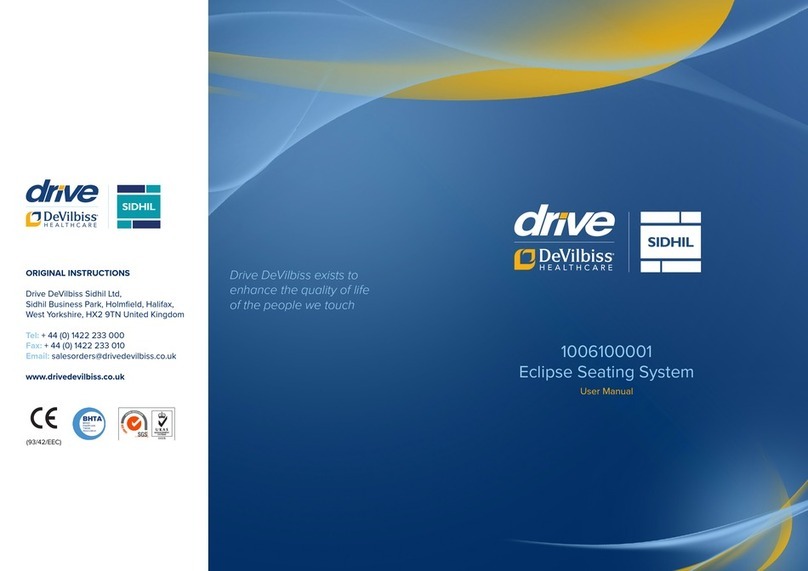
Drive DeVilbiss
Drive DeVilbiss Sidhil 1006100001 User manual
Popular Medical Equipment manuals by other brands

Getinge
Getinge Arjohuntleigh Nimbus 3 Professional Instructions for use

Mettler Electronics
Mettler Electronics Sonicator 730 Maintenance manual

Pressalit Care
Pressalit Care R1100 Mounting instruction

Denas MS
Denas MS DENAS-T operating manual

bort medical
bort medical ActiveColor quick guide

AccuVein
AccuVein AV400 user manual





















